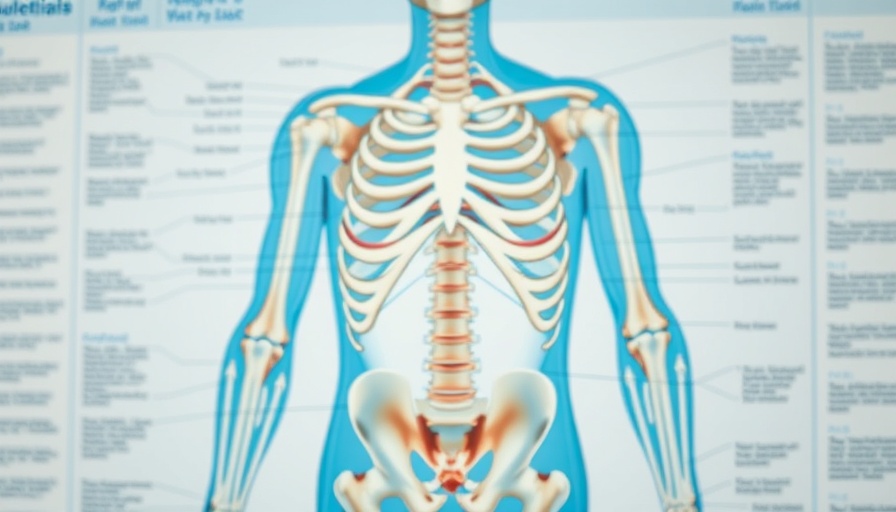
Understanding Musculoskeletal Development
The musculoskeletal system is crucial for daily functions, such as enabling movement and providing structural support, which are significant challenges for individuals recovering from mobility impairment. This system's developmental intricacies, particularly during embryogenesis, set the stage for future functional capabilities. Recent research from Hiroshima University sheds light on how tendons, ligaments, and cartilage establish connections essential for a healthy locomotor system.
Innovative Imaging Techniques Unveiled
In an exciting development, researchers employed a newly devised fluorescent mouse model combined with cutting-edge imaging techniques to track the formation of musculoskeletal connections during prenatal stages. Unlike traditional methods that depend on thin tissue analyses—often failing to capture the full spatial organization—this advanced approach allows for a comprehensive three-dimensional view of tissue connections.
Why This Research Matters to Recovery
For individuals on the road to recovery from conditions affecting mobility, understanding how the musculoskeletal system forms can provide insights into rehabilitation practices. Specialists increasingly view movement as integral to health; robust musculoskeletal connections foster better performance in activities like walking or standing, which are vital for improving quality of life.
How Walking Impacts Health and Healing
In the realm of recovery, incorporating regular walking routines can significantly enhance outcomes. Studies indicate that walking can cut the risk of death by 47% when engaging in 7,000 steps a day. Moreover, walking at a faster pace may lead to better longevity than walking slowly, illustrating how movement can be restorative. As patients work towards recovery, they should consider how shoe technology and innovations, like smart insoles that track walking habits and posture, can play a role in their rehabilitation journey.
Connecting Walks to Musculoskeletal Health
Research aligns with the findings from Hiroshima University regarding the importance of understanding the structural development of movement-related tissues. These new insights could be instrumental for healthcare professionals focusing on preventing complications such as diabetic foot ulcers, as incorporating appropriate footwear and monitoring technology can address issues before they become serious.
Conclusion: Steps Towards Recovery
As technology and research progress, individuals recovering from mobility challenges have more tools at their disposal to enhance their recovery process. Embracing advancements in shoe technology and implementing walking routines can lead to healthier lifestyles. Remember, each step counts towards regaining mobility and achieving long-term health. Explore the available resources on smart insoles to boost your walking performance safely and effectively.
 Add Row
Add Row  Add
Add 




Write A Comment